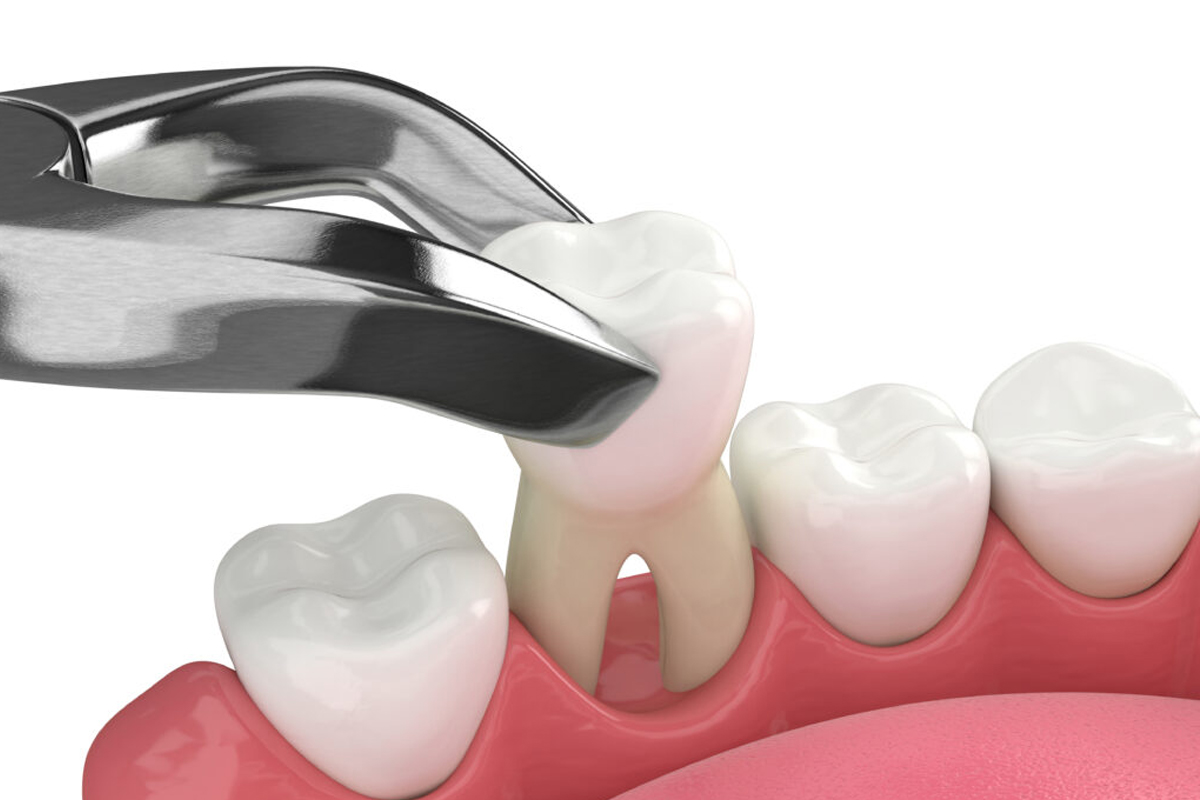Sometimes, saving a tooth isn’t possible — and that’s when a tooth extraction becomes necessary to protect your overall oral health. With modern dental technology and advanced techniques, extractions today are safe, quick, and virtually painless.
Whether it’s due to severe decay, infection, or overcrowding, our goal is to perform the procedure with maximum comfort and minimal discomfort, ensuring a smooth and stress-free experience for every patient.
What is Tooth Extraction?
A tooth extraction is the removal of a tooth from its socket in the bone. It is usually performed when a tooth is too damaged to be restored through fillings, root canal treatment, or crowns.
Common Reasons for Tooth Extraction
-
Severe tooth decay or infection
-
Advanced gum disease
-
Broken or fractured teeth beyond repair
-
Impacted wisdom teeth
-
Overcrowding before orthodontic treatment
-
Retained or baby teeth that prevent eruption of permanent teeth
Types of Extractions
-
Simple Extraction:
Performed on visible teeth that can be easily accessed. The tooth is loosened and gently removed using specialized dental instruments. -
Surgical Extraction:
Required for teeth that are broken, impacted, or not easily accessible (such as wisdom teeth). A small incision is made in the gum to remove the tooth safely.
The Extraction Procedure
-
Examination & X-Ray: The dentist evaluates the tooth and surrounding bone structure.
-
Anesthesia: Local anesthesia is administered to numb the area and ensure a pain-free procedure.
-
Tooth Removal: The tooth is carefully loosened and extracted. In surgical cases, a few dissolvable stitches may be placed.
-
Post-Extraction Care: Gauze is applied to control bleeding, and detailed aftercare instructions are provided for quick healing.
Aftercare and Recovery
-
Bite gently on the gauze to stop bleeding.
-
Avoid spitting, smoking, or using straws for 24 hours.
-
Eat soft foods and avoid hot drinks for the first day.
-
Take prescribed painkillers or antibiotics as directed.
-
Rinse with warm salt water after 24 hours to keep the area clean.
Most patients recover fully within a few days. Following your dentist’s instructions ensures faster healing and prevents complications like dry socket or infection.
Tooth Replacement Options
After extraction, it’s important to replace missing teeth to maintain proper chewing, speech, and jawbone health. Options include:
-
Dental Implants
-
Dental Bridges
-
Removable Dentures
Tooth extraction doesn’t have to be a painful or stressful experience. With expert care, gentle techniques, and a focus on patient comfort, we make the process simple, safe, and worry-free.



